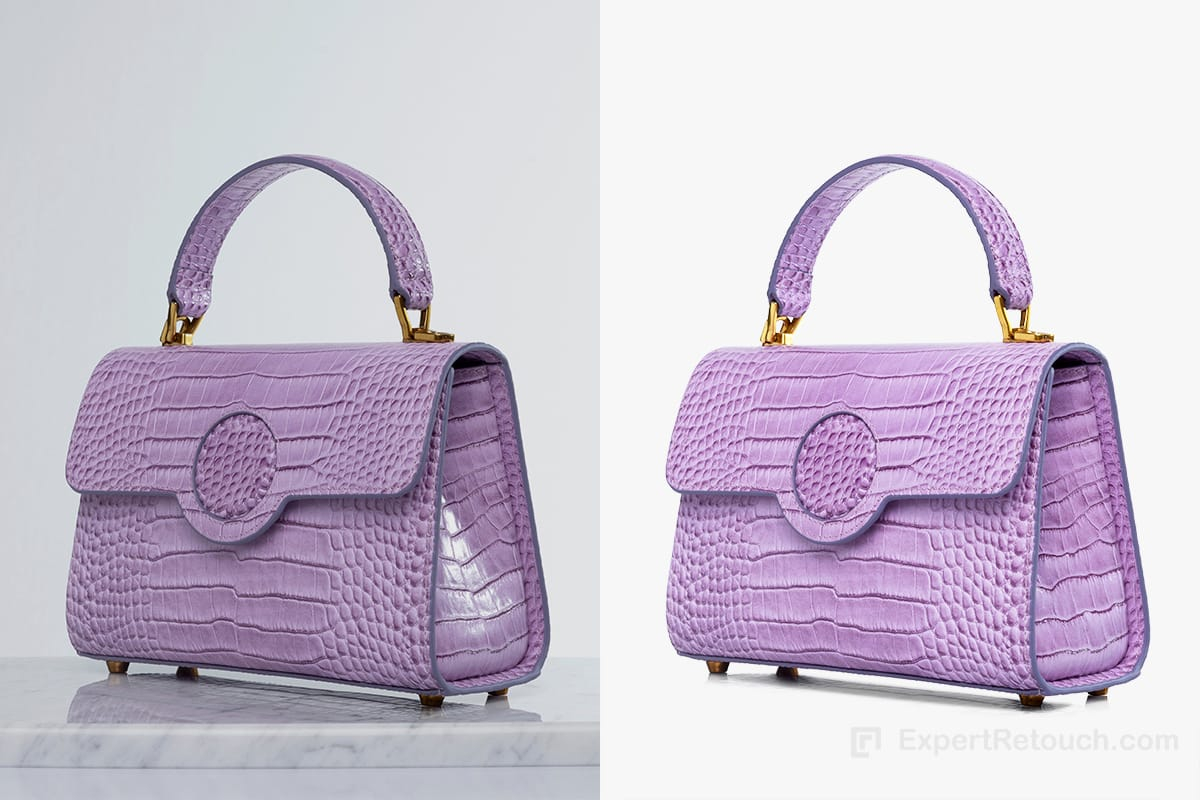In the dynamic world of fashion and portrait photography, staying ahead requires mastering the latest retouching techniques. As we progress through 2025, photographers are embracing innovative editing methods to enhance their work, ensuring each image resonates with authenticity, artistic flair, and high-end aesthetics.
With advancements in AI-powered retouching, natural beauty trends, bold color grading, and cinematic storytelling, photographers can achieve stunning results while maintaining efficiency. In this article, we’ll explore the top retouching techniques shaping the industry, helping you create compelling visuals that captivate audiences and clients alike.
1. Embracing Bold and Vibrant Colors
The trend of incorporating bright and bold colors is making a significant impact in 2025. High-contrast, vibrant compositions are capturing attention, moving away from the muted, desaturated tones of previous years. This shift allows photographers to experiment with color combinations, neon tones, and deep contrasts, creating striking and visually engaging images.
Techniques to Implement:
Saturation Adjustments: Enhance the intensity of colors to make images pop.
Color Grading: Apply cohesive color schemes that evoke specific moods or themes.
Contrast Enhancement: Increase the difference between light and dark areas to add depth.
Gradient Toning: Use subtle color gradients for dramatic transitions in images.
📌 Pro Tip: Bold colors work exceptionally well in fashion photography to highlight textures, fabrics, and unique patterns in clothing.
2. Prioritizing Authenticity in Retouching
Audiences are increasingly valuing authenticity over perfection. This trend emphasizes capturing raw, candid moments that reflect genuine emotions and natural beauty. In retouching, this means preserving skin textures, reducing excessive airbrushing, and maintaining real expressions to create images that feel honest and relatable.
Techniques to Implement:
✔ Minimal Skin Smoothing: Retain natural textures while reducing minor blemishes.
✔ Natural Light Enhancement:Adjust lighting to highlight the subject authentically.
✔ Subtle Color Corrections: Make slight adjustments to enhance natural tones without altering the subject’s true appearance.
✔ Freckle & Hair Retention: Avoid over-blurring features like freckles, fine hair, and natural wrinkles for a realistic look.
📌 Pro Tip: Many luxury fashion brands now prefer minimally retouched images, showcasing models in their most real and unfiltered forms.
3. Incorporating Retro and Vintage Aesthetics
Nostalgia continues to influence fashion photography, with retro and vintage aesthetics making a strong comeback. This involves using color grading, film grain, soft lighting, and vignetting to emulate the look of past eras, adding a timeless quality to images. Many brands are now opting for polaroid-style portraits, classic black-and-white edits, and faded film effects to create a unique appeal.
Techniques to Implement:
✔ Film Grain Addition: Introduce grain to replicate the texture of film photography.
✔ Sepia and Monochrome Tones:Apply these tones to evoke a vintage feel.
✔ Vignetting: Darken the edges of the image to focus attention on the center, mimicking older lens effects.
✔ Soft Light Overlays: Use diffused lighting effects to create a dreamy, nostalgic feel.
✔ Motion Blur & Lens Distortion: Replicate the imperfections of old film cameras for an authentic vintage aesthetic.
📌 Pro Tip: Pair vintage editing with 70s or 90s fashion elements to create a nostalgic editorial look.
4. Leveraging AI-Powered Retouching Techniques
Artificial Intelligence (AI) is revolutionizing retouching by automating time-consuming tasks and enhancing precision. AI-powered techniques can now automatically smooth skin, remove backgrounds, enhance facial features, and adjust lighting with minimal effort, streamlining the post-production process for photographers and editors.
Effective AI-Powered Retouching Techniques:
✔ Automated Skin Retouching: Reduce blemishes while maintaining natural skin texture.
✔ Background Cleanup:Remove distractions seamlessly for a cleaner composition.
✔ Color & Tone Adjustments: Improve color balance and lighting with intelligent AI corrections.
✔ Fine Detail Enhancements: Enhance eyes, hair, and fabric textures with precision.
📌 Pro Tip: AI tools enhance efficiency but should be used selectively to maintain artistic control and avoid an over-processed look.
5. Exploring Cinematic Storytelling in Portraits
Fashion and portrait photography are now taking inspiration from cinema and storytelling, shifting towards dramatic lighting, moody color palettes, and narrative-driven compositions. This technique creates a visually compelling storythat immerses the viewer and adds depth to editorial shoots.
Techniques to Implement:
✔ Dynamic Lighting Setups: Use a mix of backlighting, shadows, and natural reflections to enhance mood.
✔ Storyboarding: Plan shots in a sequence to build a cohesive visual story.
✔ Motion Blur Effects: Incorporate subtle blurs to suggest movement and add drama.
✔ Desaturated & Moody Tones: Create a gritty, cinematic feel with strategic desaturation.
✔ Unconventional Cropping & Composition: Experiment with off-center framing, extreme close-ups, and wide angles to add character.
📌 Pro Tip: Cinematic portraits work well for magazine covers, high-fashion campaigns, and storytelling-driven editorials.
Conclusion
Mastering the latest fashion and portrait retouching techniques is key to staying relevant in 2025. Whether it’s embracing bold colors, authentic edits, vintage aesthetics, AI-powered tools, or cinematic storytelling, integrating these trends into your workflow will enhance your creative vision and attract more clients.
📩 Need Professional Retouching Services? At Expert Retouch, we specialize in high-quality fashion & portrait retouching. From skin smoothing to cinematic color grading, our expert team ensures flawless, high-end results.
➡️ Contact us today and elevate your visuals with expert-level retouching! 🚀





